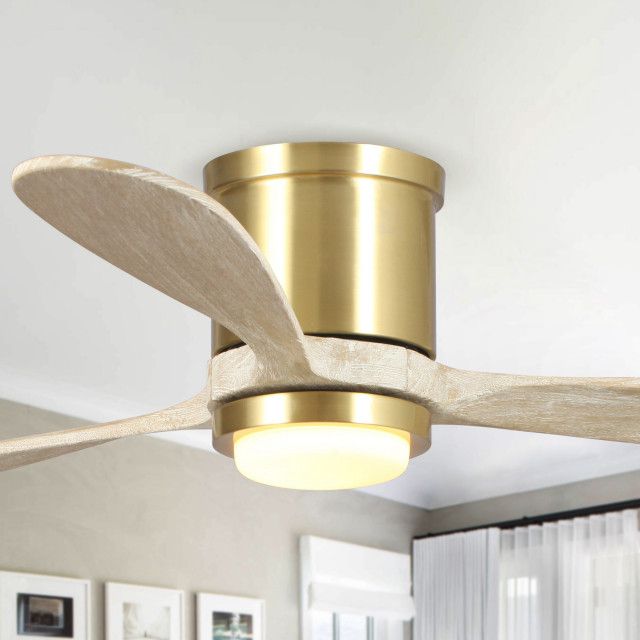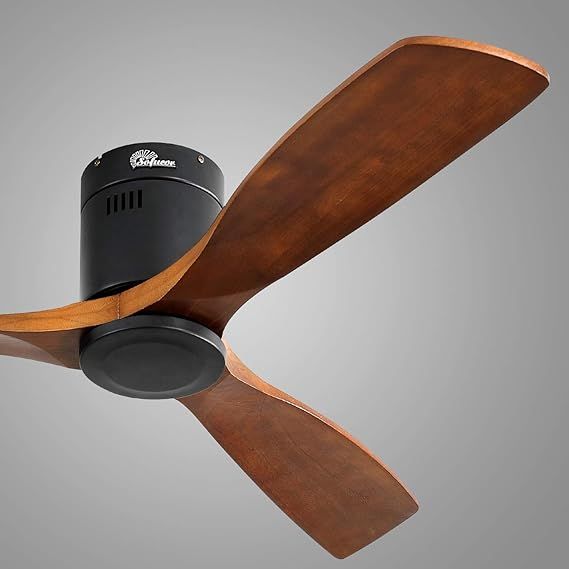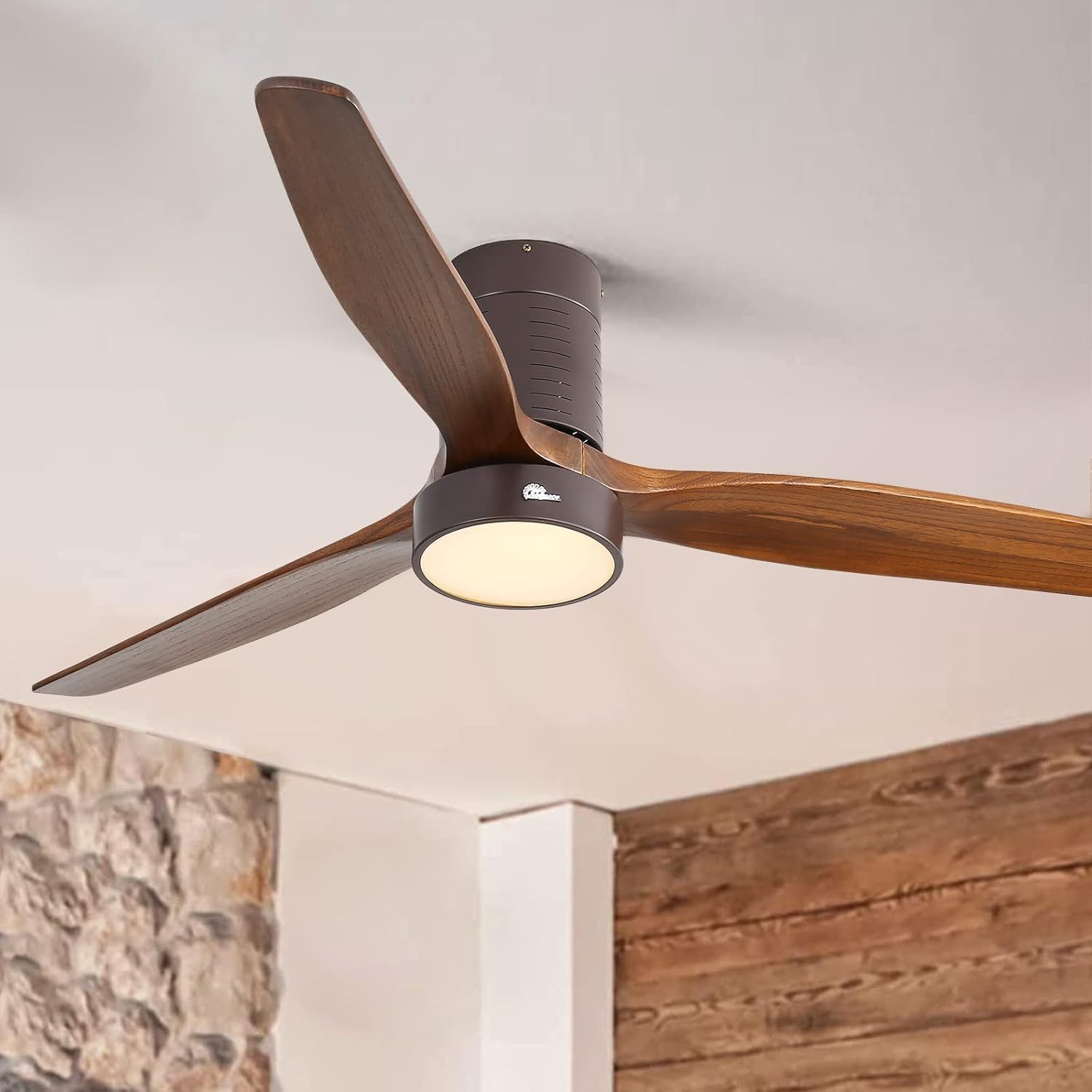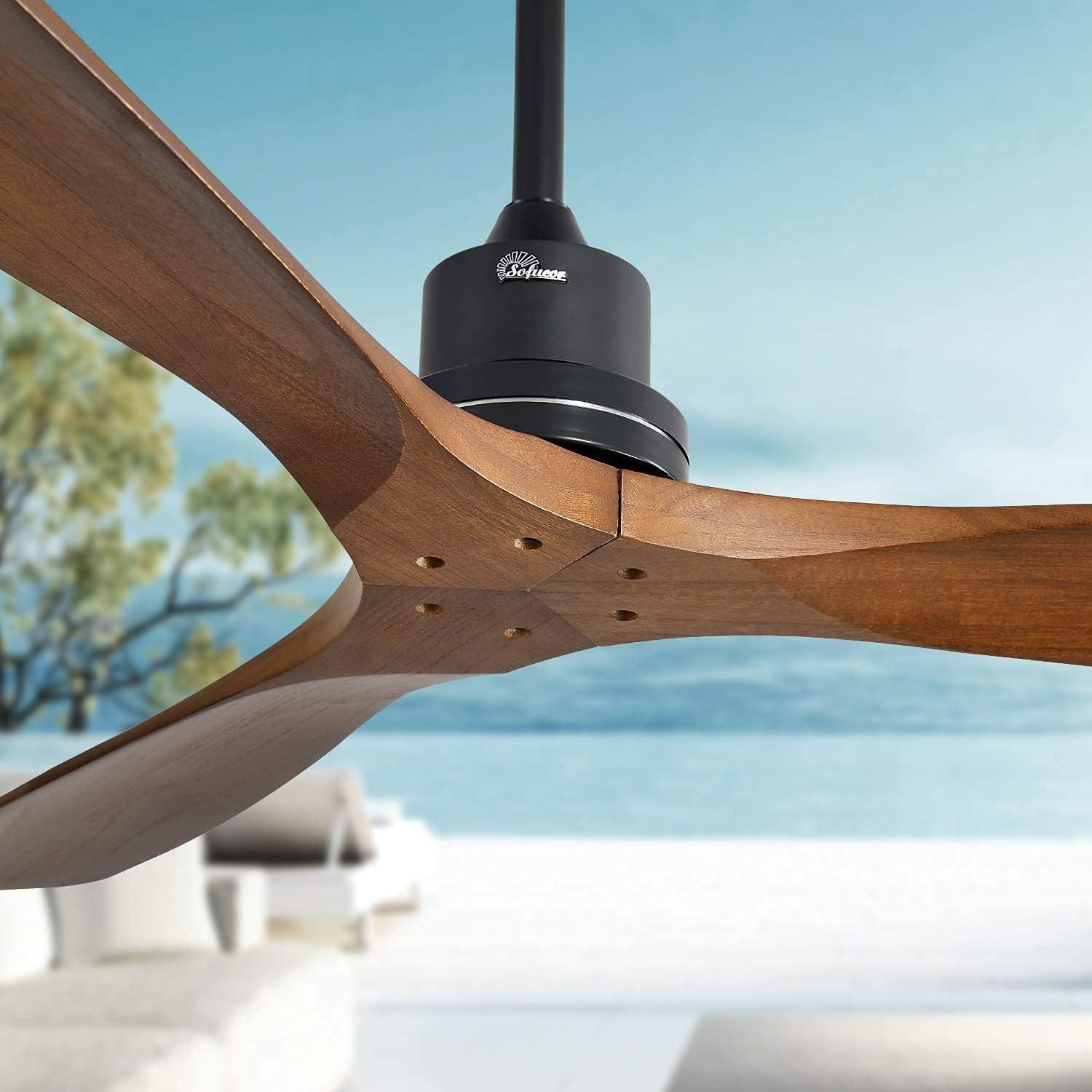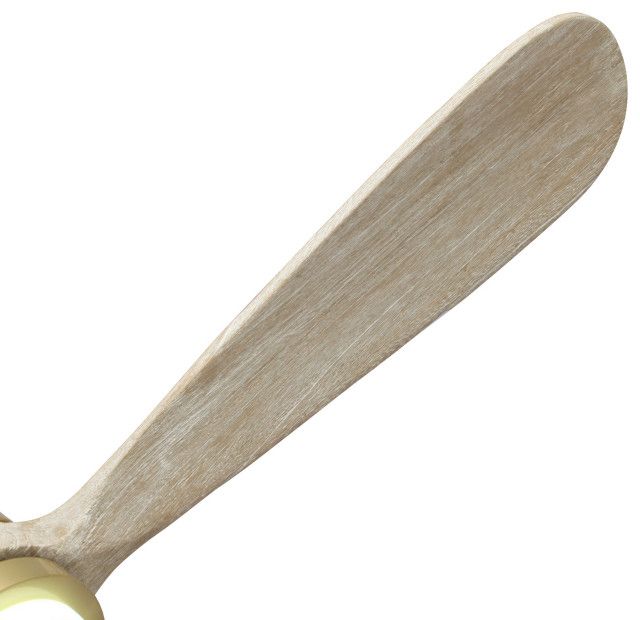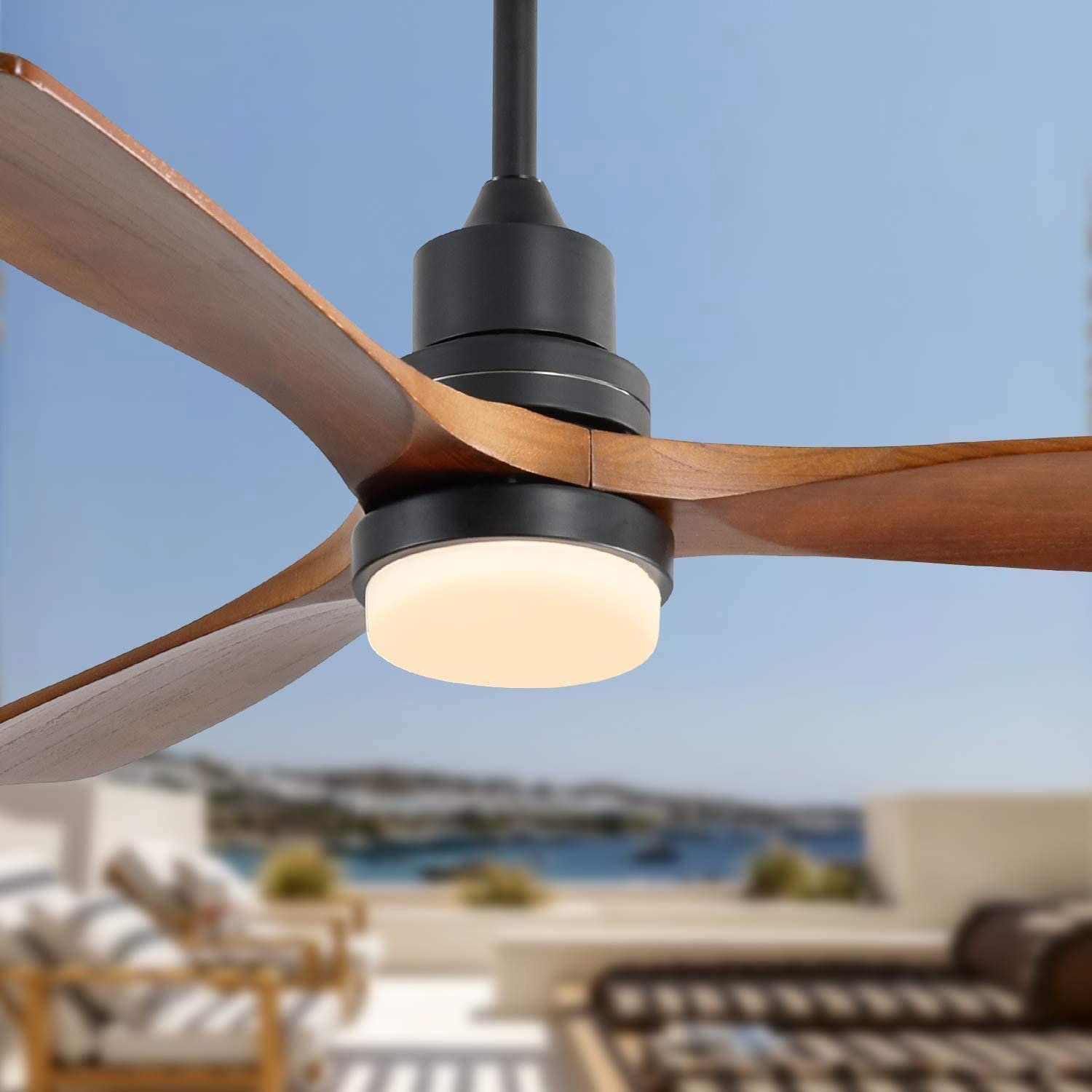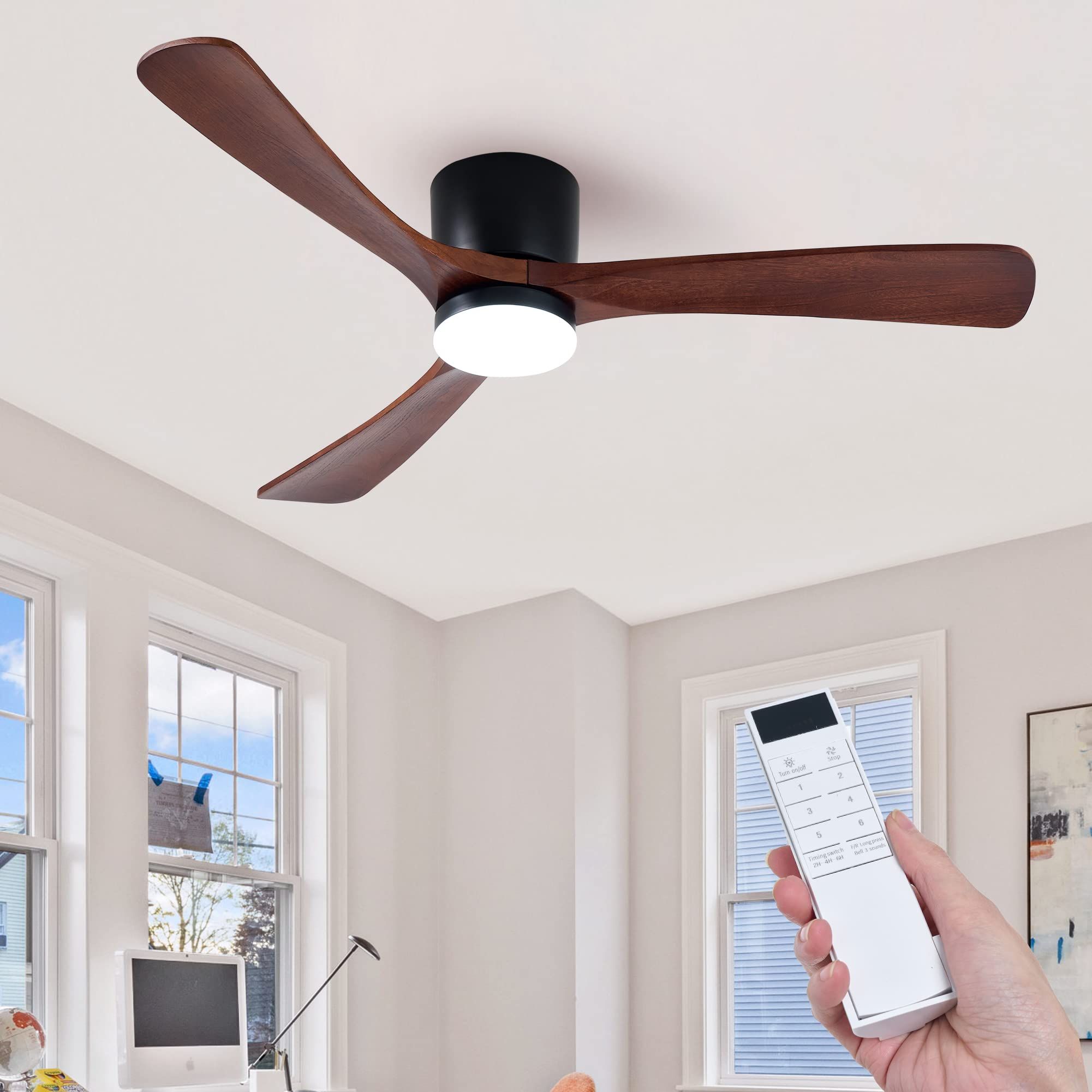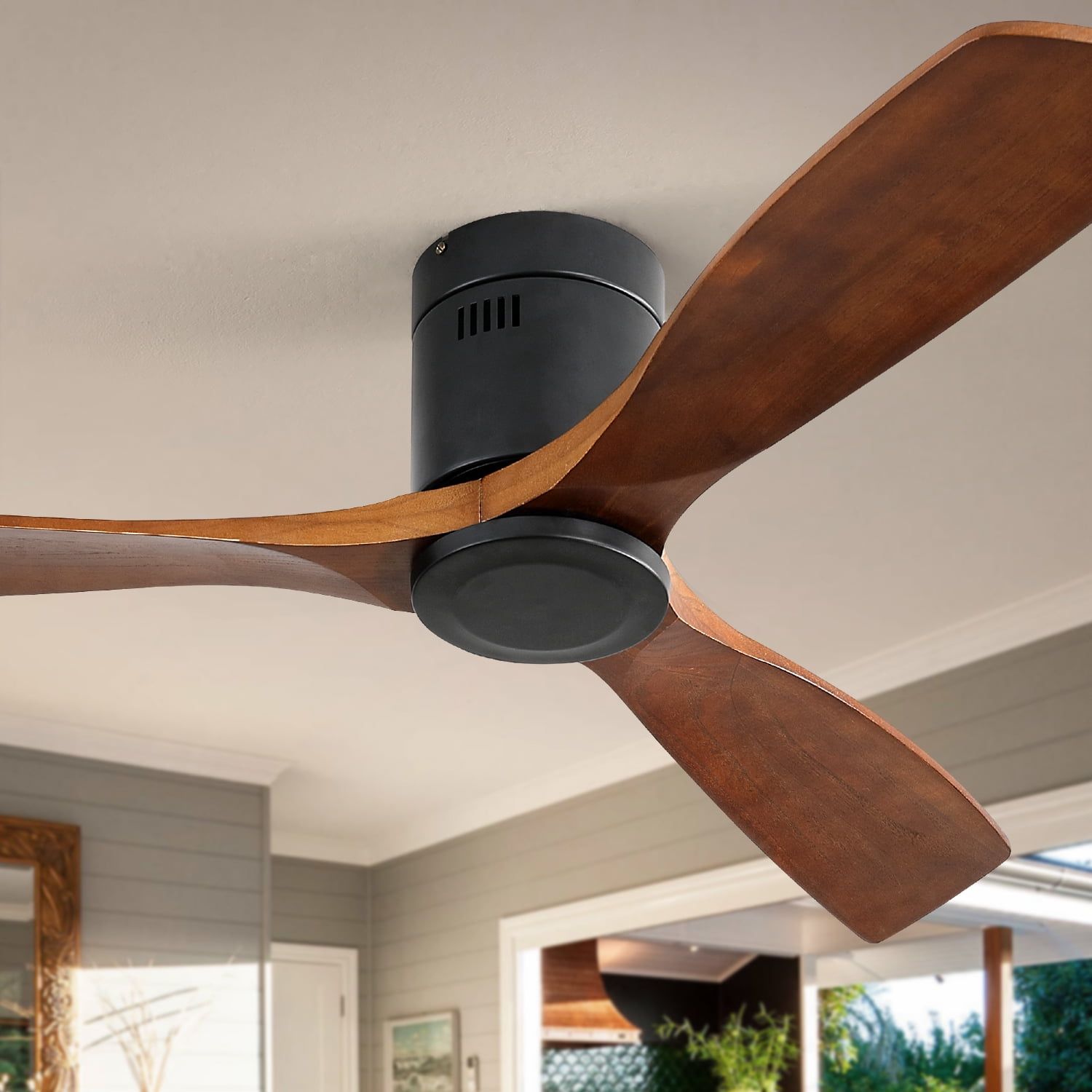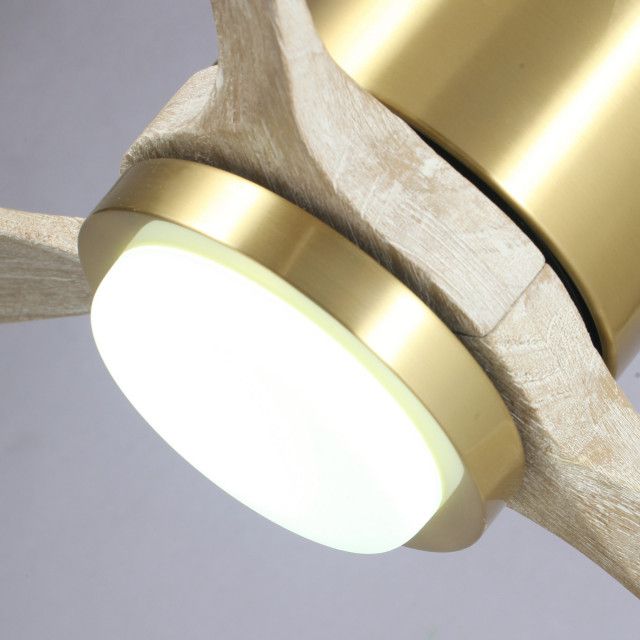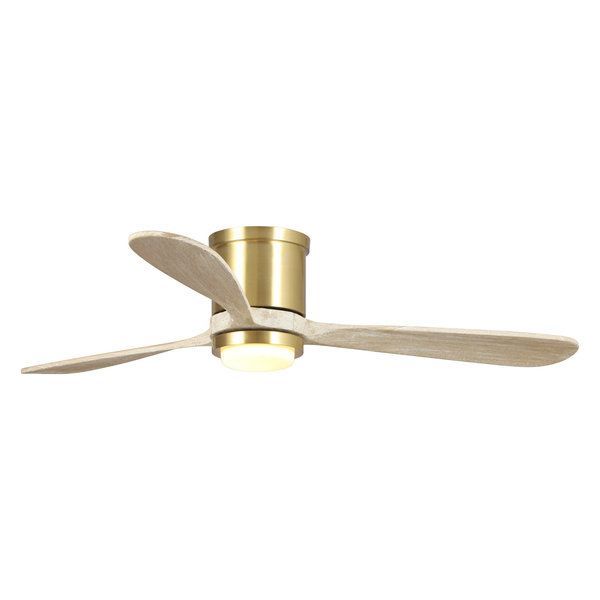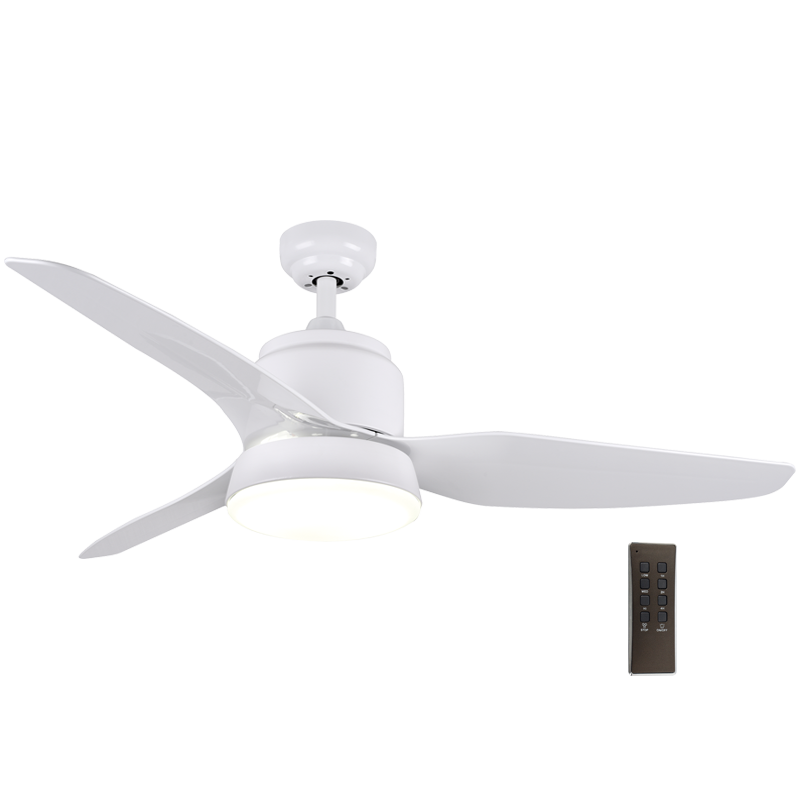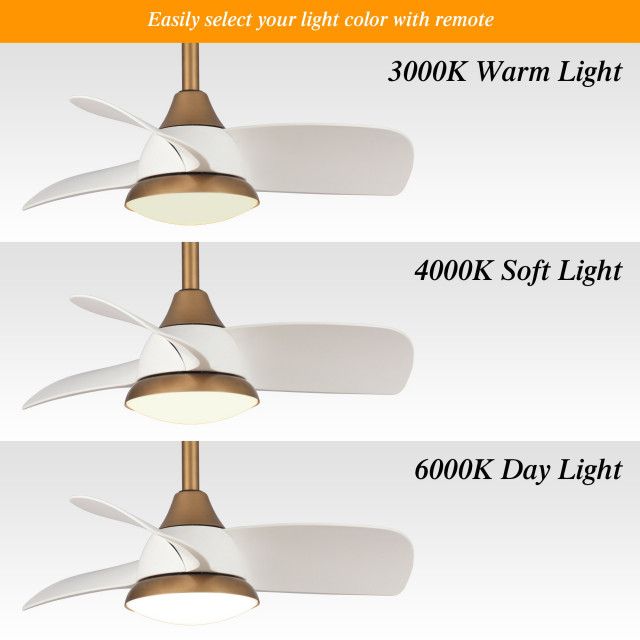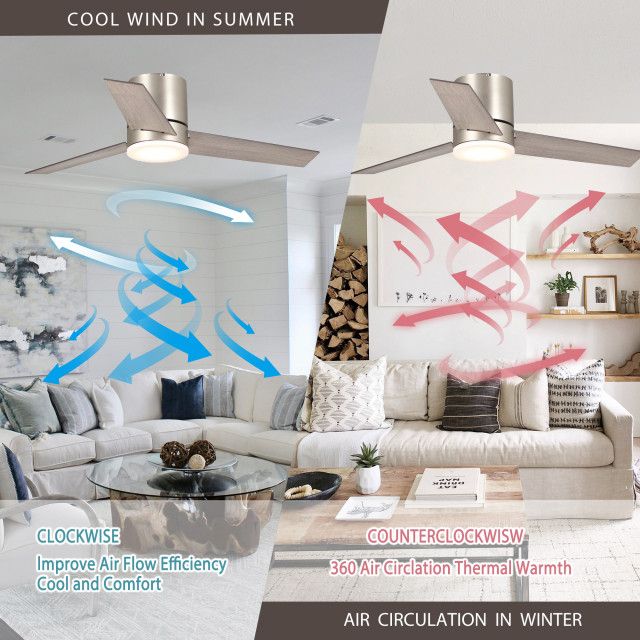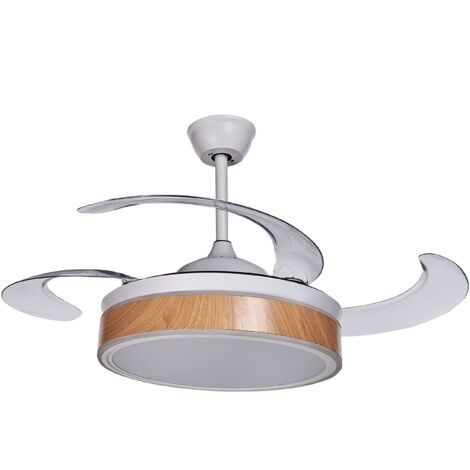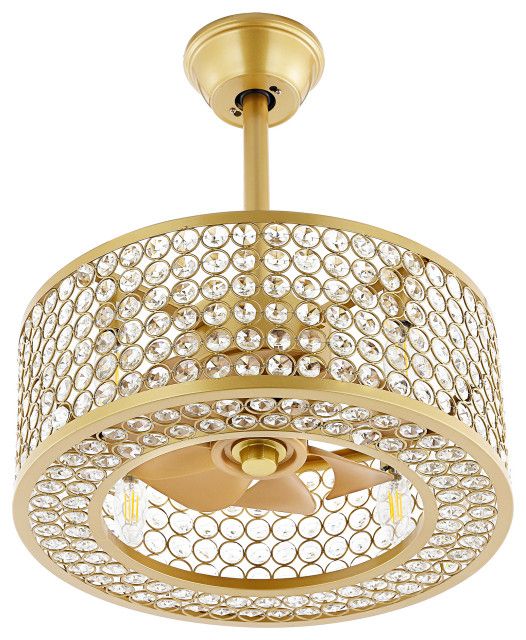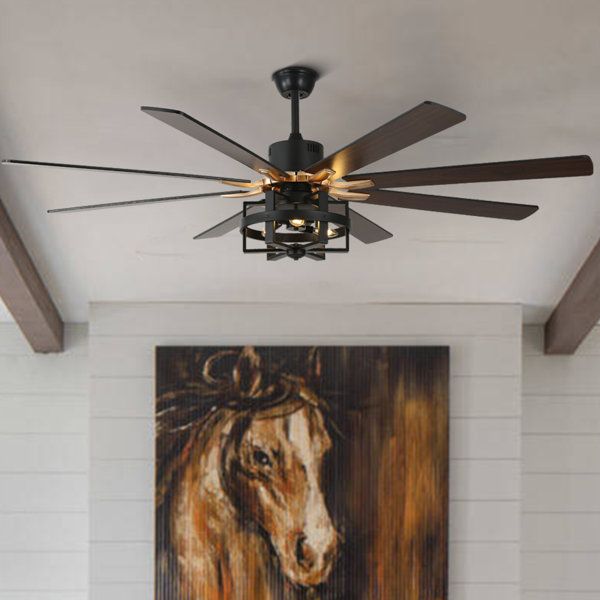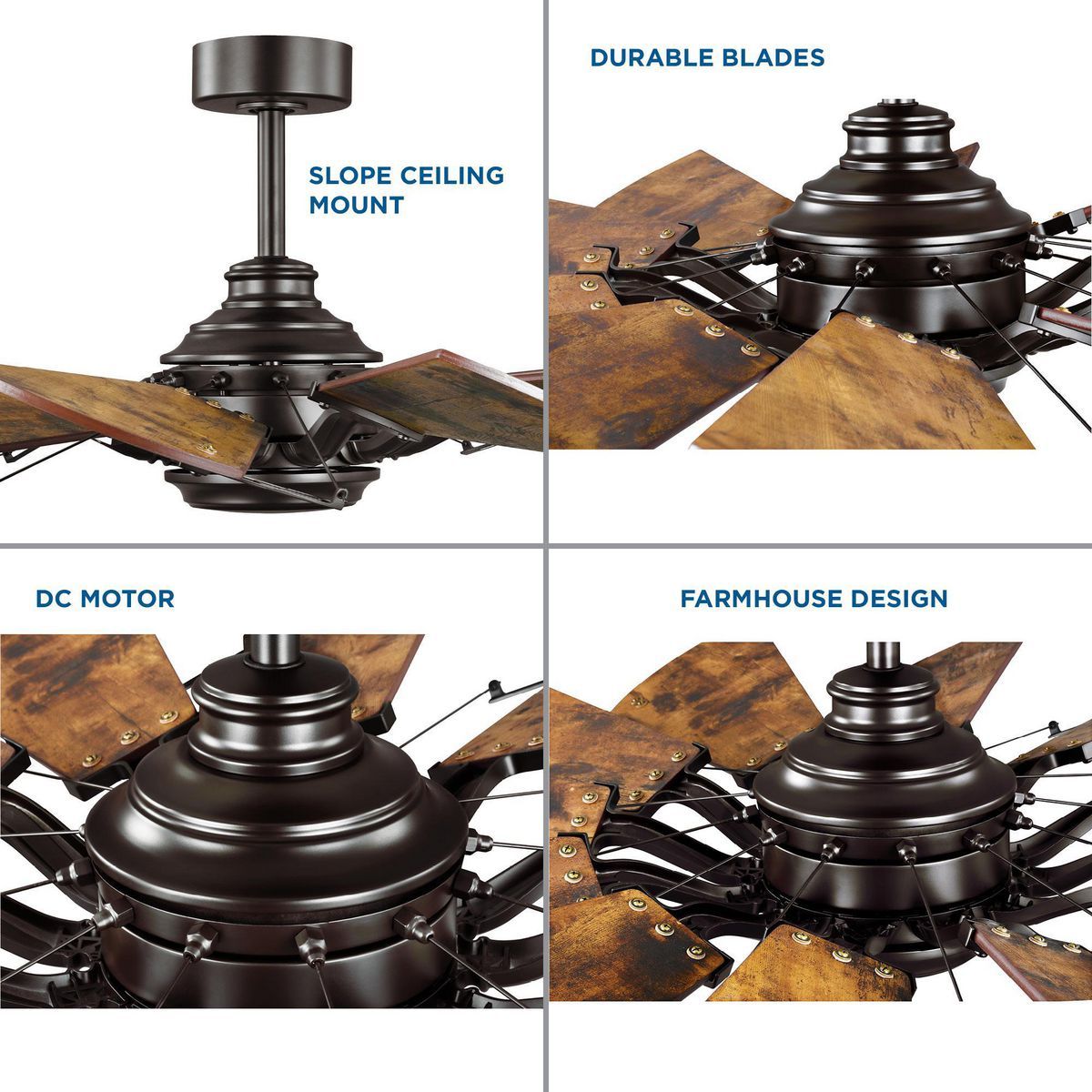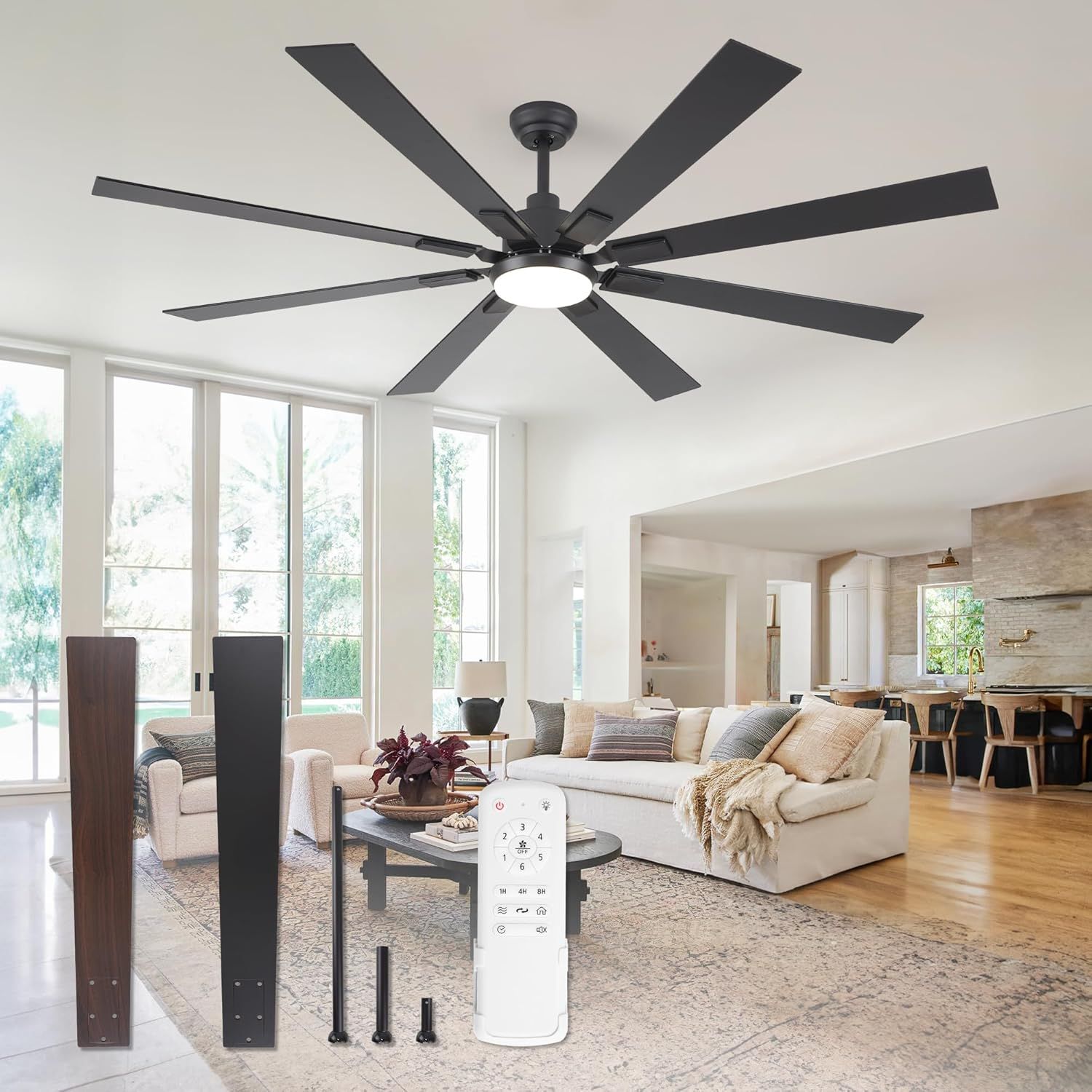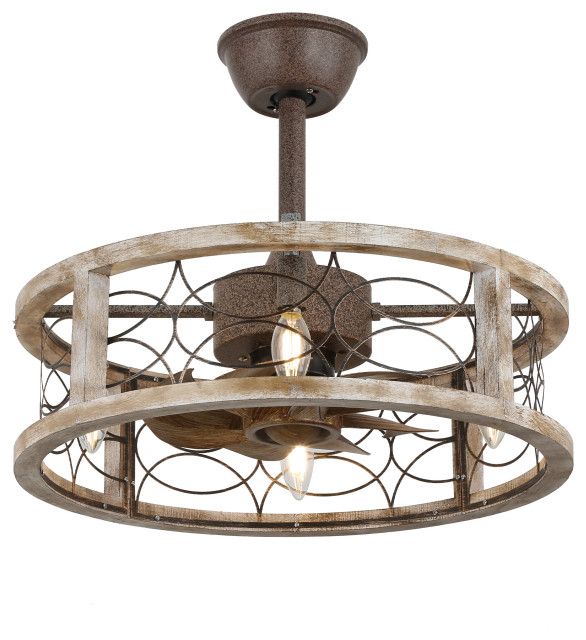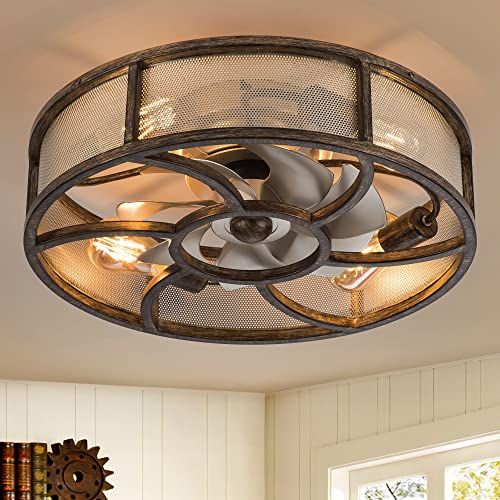Hey everyone, it’s your friendly energy guru here! We’re diving deep today into something that’s probably hanging right above your head: your ceiling fan. You might think of them as summer-only helpers, but trust me, these whirligigs are all-stars when it comes to energy efficiency, and they can help you save money throughout the year. We’re going to uncover how to make the most of these fantastic appliances, no matter the weather outside and how to use ceiling fans for energy efficiency.
This isn’t just about turning them on and off. We’re going to explore the science behind how they work, how to use them effectively in both summer and winter, and some simple adjustments that can make a big difference in your energy bills and your home’s comfort. Get ready to become a ceiling fan pro!
In today’s world, we are all trying to find ways to conserve energy, and reduce our bills. We’re always looking for ways to make our homes more comfy, and our wallets a little heavier. Ceiling fans are one of those unsung heroes that can help you with both. They’re not just for looks; they’re energy-saving dynamos. Let’s face it, most of us only think about our ceiling fans when the summer heat hits, but using them effectively all year can significantly impact your energy consumption. They can help you use your air conditioning less in the summer, and even help with heating costs in the winter. They’re a smart investment, both for your home and for the planet. They can also help you with energy savings, so you don’t have to worry about the cost of energy. Let’s get to it.
Summer: Maximizing Cooling Power
During the warmer months, your ceiling fan’s job is to make you feel cooler. It does this by creating a breeze, which helps sweat evaporate from your skin, making you feel more comfortable.
- Blade Direction is key: Most fans have a switch on the motor housing to change the direction of the blades. For summer, you want the blades to spin counter-clockwise (when viewed from below). This pushes the air down, creating that lovely cooling breeze.
- Speed Matters: Experiment with the fan speed. You want enough airflow to feel cool, but you don’t need to blast it on high all the time. A slower speed can often be sufficient and will use less energy.
- Pairing with Air Conditioning: A ceiling fan can work wonders with your air conditioner. By circulating the cooled air, you can raise your thermostat a few degrees without sacrificing comfort. This can result in some nice savings. For example, you can raise the thermostat by 4 degrees and still feel the same amount of coolness.
- Location, Location, Location: Make sure your fan is in a central location in the room to maximize air circulation. Consider the size of the room when choosing a fan size and the number of fans you need.
Winter: Reversing the Flow for Warmth
Here’s where the magic really happens. Many people don’t realize their ceiling fan can help in the winter. The key is to reverse the blade direction.
- Clockwise Rotation: In the winter, switch your fan to spin clockwise (when viewed from below). This pulls the cooler air upwards, and forces the warmer air that has risen to the ceiling, back down into the room. This recirculates the warm air and makes the room feel warmer without changing the thermostat.
- Low Speed is Best: You don’t need a strong breeze in the winter. Set the fan to its lowest speed. This gently circulates the air without making you feel cold.
- Combined with Heating: Just like with air conditioning, the fan helps distribute the heat more evenly throughout the room. This can reduce the strain on your heating system, and can help reduce your energy bill.
- Insulation is Important: Make sure your attic is properly insulated, so you don’t lose heat through the roof. You want to keep that warm air in the room.
Choosing the Right Ceiling Fan: A Quick Guide
Not all ceiling fans are created equal. Here are some things to think about when you’re shopping for a new one:
- Size Matters: Choose a fan size appropriate for your room. Too small, and it won’t circulate air effectively. Too large, and it might be overkill.
- Energy Star Certification: Look for the Energy Star label. These fans are designed to be more energy-efficient.
- DC Motors: DC (direct current) motors are generally more energy-efficient than AC (alternating current) motors. They also often have more speed settings.
- Remote Control or Smart Features: While not essential, these features can add convenience, allowing you to control the fan from your couch, and some can even integrate with smart home systems.
Maintenance and Troubleshooting
Keep your fan in tip-top shape to ensure optimal performance:
- Dust Regularly: Dust the blades to prevent dust buildup and reduce the strain on the motor. A dusty fan doesn’t move air as efficiently.
- Tighten Screws: Check and tighten screws periodically, especially on the blade brackets. Loose screws can cause wobbling and noise.
- Listen for Unusual Sounds: If your fan starts making unusual noises, it could be a sign of a problem. Check the motor, blades, and mounting hardware.
- Balance the Blades: If your fan wobbles, you can often fix it by using the balancing kit that came with the fan. If you don’t have it, you can buy one at any hardware store.
Beyond the Basics: Advanced Energy Saving Tips
Let’s elevate our game even further.
- Programmable Thermostats: Pair your ceiling fans with a programmable thermostat. Set the thermostat a few degrees higher in the summer and lower in the winter, and let your fans do the work of keeping you comfortable.
- Smart Fans: If you’re tech-savvy, consider a smart fan. These can be controlled remotely and often have features like automatic shut-off timers and energy monitoring.
- Zone Cooling/Heating: Use fans to cool or heat only the rooms you’re using. This can save energy by avoiding the need to cool or heat the entire house.
- Natural Ventilation: Use ceiling fans in conjunction with open windows to enhance natural ventilation, especially during spring and fall. This is a great way to reduce your reliance on air conditioning.
Real-World Examples of Savings
Let’s get specific. Here are some examples of how ceiling fans can impact your energy bills.
- Summer Savings: A study by the U.S. Department of Energy found that using a ceiling fan can allow you to raise your thermostat by 4 degrees without sacrificing comfort. This could save you around 5-10% on your cooling costs.
- Winter Savings: By circulating warm air, ceiling fans can help reduce your heating costs. While the savings are less dramatic than in the summer, you could still see a reduction in your energy bill.
- Overall Impact: The combined effect of using ceiling fans year-round, along with smart thermostat practices, can lead to significant energy savings over time. It’s not just about the immediate cost; it’s about reducing your carbon footprint, too.
- Example Time! Let’s say your cooling bill in the summer is $200 a month. By using ceiling fans and raising your thermostat, you could potentially save $10 to $20 a month. Over the summer, that adds up to a nice chunk of change. And, it’s all about making your life easier.
So there you have it, folks! Ceiling fans are so much more than just a pretty face. They are versatile, energy-efficient tools that can help you save money and stay comfortable, no matter the season. By understanding how they work and using them effectively, you can transform your home into a haven of comfort and efficiency. Remember to experiment, adjust, and find what works best for your home and your lifestyle. I hope you’ve learned some cool new tips and tricks today, and remember to keep those blades turning. Until next time, stay cool, stay efficient, and keep those energy-saving strategies flowing. And hey, don’t be afraid to share this with your friends and family and get them involved in this, too. It’s a win-win for everyone, especially our planet. I hope this has been helpful, and thanks for reading!
